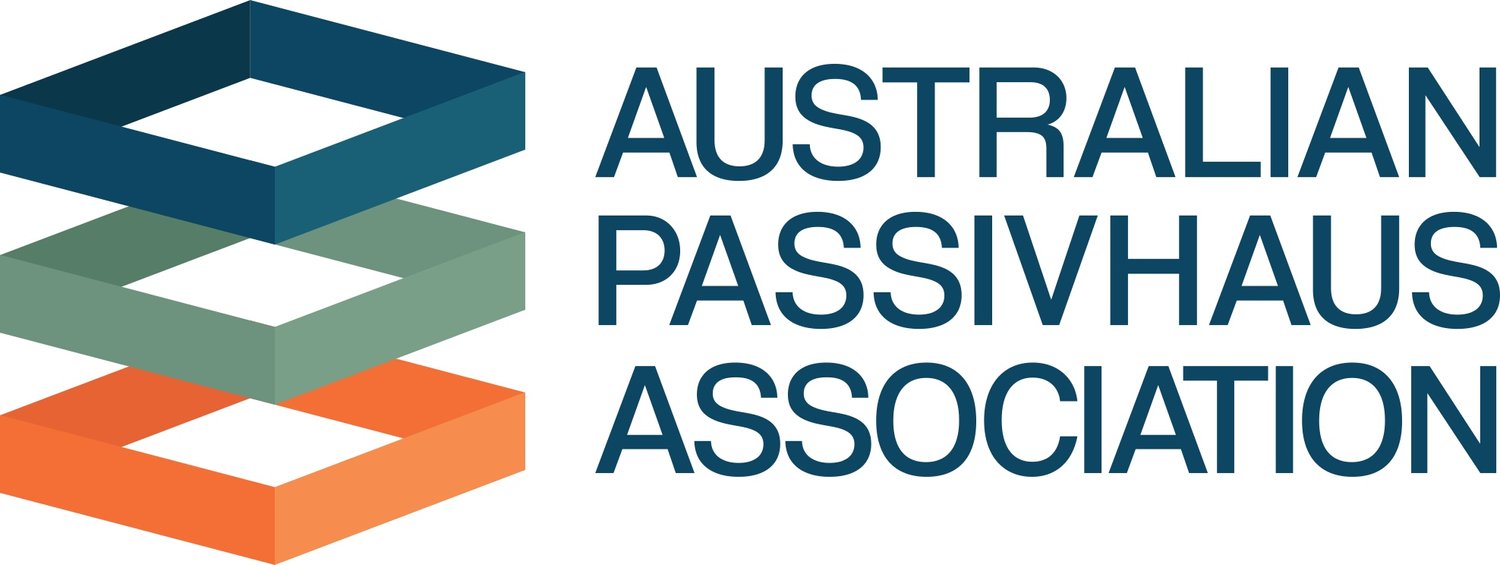Australia’s first Certified Passivhaus Training facility launches in Queensland
The Construction Training Centre (CTC) launched the nation’s first Passivhaus training facility on 18, July 2024. The facility will enable industry participants – from carpenters and other industry trades to architects and engineers– to learn about sustainable building principles, among other things.
As the first Certified Passivhaus purpose-built as a training hub, the Bob Marshman Building (BMB) at Salisbury, in southern Brisbane, has adopted a range of innovative sustainable initiatives including circularity, solar panels, EV chargers, and rainwater systems, with the design also promoting pandemic safety and superior indoor air quality.
Worker wellbeing, diversity, and the use of low-carbon materials were prioritised, along with waste reduction, local purchasing and upskilling workers in sustainable practices during construction.
A key feature of Passivhaus design principles, the training centre prioritises sustainability by focusing on airtightness, incorporating heat recovery ventilation systems and next level insulation. The design eliminates thermal bridges, ensuring energy conservation.
Queensland’s Bob Marshman Building was born from a mission of exemplary leadership.
“The objects of our trust require us to be a leader in our industry. The burning platform for our industry is climate change. We decided to build a new building and we should be building it as a pathfinder, showing industry how it can be done.”
CTC CEO Phil Diver said the $6 million industry-leading centre would showcase innovation in how buildings can adapt to climate change.
“The Passivhaus component was the core element. We wanted to build it around an underpinning foundational philosophy, for us that was the low-energy component of Passivhaus,” Mr Diver said.
“It takes a village to build a Passivhaus, and everybody must be committed. The standard requires the team to problem solve together. We found that the result was directly proportionate to the effort we put into upfront planning before we started building.
“I’m looking forward to seeing the building’s ability to influence and change design and construction. I’m hoping in five years' time, that we see passivhaus become so run-of-the-mill and business as usual, that it is no longer regarded as innovative. It's critical that we get this right and do it sooner; our climate crucially needs us to.”
Of the project team, only one member had delivered passivhaus a passivhaus project before. This didn’t stop the team getting great outcomes, with the facility delivered on time and under-budget. Mr Diver said that the secret was team commitment and upfront planning.
“It takes a village to build a Passivhaus, and everybody must be committed. The standard requires the team to problem solve together. We found that the result was directly proportionate to the effort we put into upfront planning before we started building.”
Australian Passivhaus Association CEO Alexia Lidas said through rigorous Passivhaus protocols, which were becoming prevalent in Europe, the building set a new standard for environmentally-responsible buildings with the BMB targeting energy savings of between 50 and 90 per cent compared to a traditionally-constructed building.
“Not only are Passivhaus buildings the best choice for mitigating our future climate risk, but they provide the ultimate learning environment,” Ms Lidas said.
“Passivhaus buildings have a positive impact on the cognitive function of occupants. The environment fosters a higher level of concentration, with continuous fresh air, comfortable temperature, and a quiet space to think and listen.
“It has been well documented that the quality of a learning environment has a direct impact on the leading to higher learning performance outcomes. Students across Queensland will benefit from an adoption of the passivhaus standard on both new and also to retrofit existing buildings.”
“I’d like to congratulate CTC for their leadership, I certain that their investment in this project will influence better outcomes for buildings and their occupants, not just in QLD, but nationwide.”
The facility could help Queensland’s to address the mould and climate risks of a sub-tropical climate.
Ms Lidas said the launch of the Certified Passivhaus was well timed, at a time when many Queensland learning facilities were struggling to cope with mould outbreaks due to the sub-tropical climate – which posed a risk to the health of Queensland’s students.
“We’d welcome the opportunity to work with schools to help them implement the standard, and the Department of Education in Queensland could learn from this facility, as Certified Passivhaus buildings create an environment that mould is unable to grow in,” she said.
“With our association, which includes engineers, architects, builders, government and property developers, growing by 40 per cent in the last year alone, we’ve seen a huge bell curve of growth in the adoption of the standard globally. This is due to the low energy use, climate resilience, health and comfort benefits. Adopting Passivhaus is a no-brainer.”
Bob Marshman Building fast facts
Passive House certified (Passive House Plus).
Carbon zero concrete, bricks & plasterboard.
The building is double insulated and fully wrapped with a membrane to create airtightness.
The building has 0.6 air changes per hour at 50 Pascals (ACH50) of pressure. This means that when the building is pressurised to 50 Pascals, no more than 60% of the air inside the building should be exchanged with outside air in one hour. This tightness helps to minimise heat loss and gain, contributing to the building's energy efficiency.
The windows are double glazed, and the glass was manufactured by Viridian Glass in Melbourne with a U value of 1.6.
The aluminium windows and doors were extruded by Raynaers in Belgium and are fully thermally broken meaning they do not transfer heat or cold from outdoors to indoors. They were fabricated in Brisbane.
There are 3 large Heat Recovery Ventilators (HRVs): one in Classroom 3, one in the kitchen area and one in men’s toilet. There is also a smaller ERV (Energy Recovery Ventilator). These pull air in and remove excess cold or heat.
There is one large dehumidifier designed to remove excess humidity especially in summer months.
All paints, glues and sealants are zero or low VOC.
All joinery is zero or low formaldehyde.
All appliances are energy efficient including the 7-star energy efficient Hisense Fridge/Freezer.
Each training room has indoor air quality monitors which measure on a rotating screen 14 various indoor air quality (IAQ) and comfort parameters.
The construction phase of the building will be fully carbon-zero in mid-October2024.
The build’s total embodied carbon footprint is 141,810kg CO2-e.
BMB cost $6m to build and came in under budget.
93% of the construction and demolition waste (CDW) was recycled (5.6 tones);
The carbon footprint of the 4 main elements of the building:
o Concrete 45,295 kg CO2-e;
o Bricks 4,909 kgCO2-e;
o Timber frame 14,815 kg Cos-e; and o Plasterboard 5,067 kg
CO2-e.
In addition to the carbon credits to secure the concrete, bricks and plasterboard carbon zero performance, CTC planted 5,000 trees to make up for the 5 trees removed. This equates to 110,000 kg CO2-e per year.
Two main circular items (cradle to cradle) feature in BMB, being carpet tiles from recycled fishing nets and the lighting from 3-D printed CDs and DVDs.
The deck is 100% composite from recycled product.
There are 3 rainwater tanks holding a total of 30,000 litres (about the volume of a large U-Haul truck) for use in toilet flushing and urinals.
The insulation is between 150-160mm (about twice the length of the long edge of a credit card) thick in the walls and ceilings and at an R value of 4.0-5.0 is well more than that required by Section J of the BCA.
The building incorporates deconstruction by design with plasterboard installed to make recycling at end of life easier.
There are 128 x 440-Watt solar panels on the roof generating 56kW of power with two inverters rated at 30kW each.
The building was part funded by an impact investment by BERT Welfare. Impact Investments are a small but growing part of the investment eco-system (sometimes known as ESG investing) and is more common in Europe.
4 bay EV fast chargers saving an estimated 48,000 kg CO2-e annually (48 metric tonnes).
The expected energy savings of BMB are anticipated to be between 50-90% less than a traditionally constructed building of the same size.
Project Team
LOCATION: 460-492 Beaudesert Road Salisbury 4107
SECTOR: Education
CLIENT: Construction Training Centre
COMPLETED: 2024
TEAM LEADER: Michael White
PASSIVHAUS CONSULTANT: Ecolateral
ARCHITECT: Deicke Richards
ELECTRICAL, HYDRAULIC, MECHANICAL, CIVIL & STRUCTURAL ENGINEER: Built Environment Collective
FIRE CONSULTANT: WalkerBai
PASSIVHAUS BUILDING CERTIFIER: Detail Green
QUANTITY SURVEYOR: Steele Wrobel
BUILDER: Hutchingsons Builders























